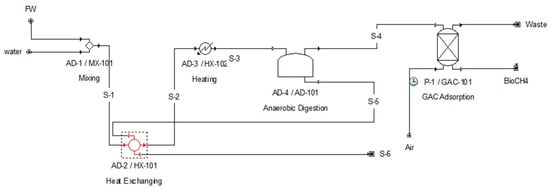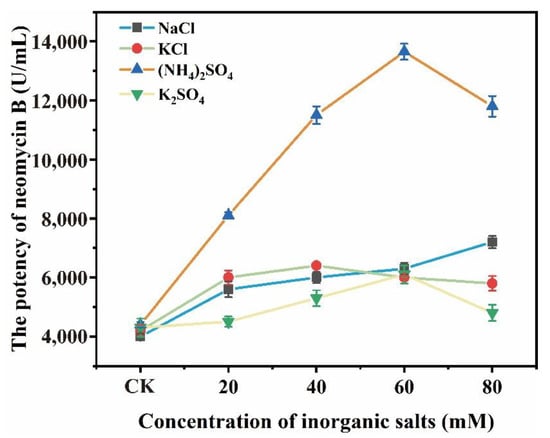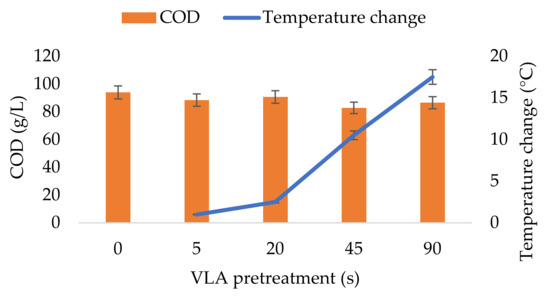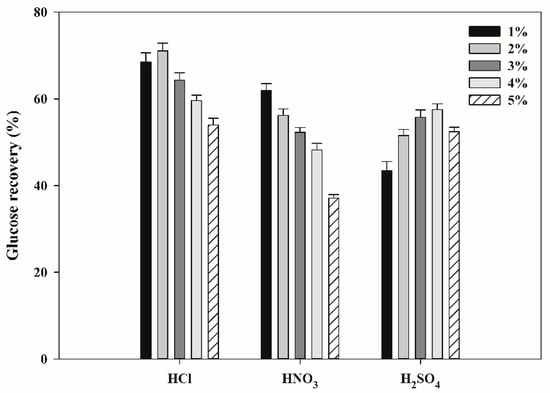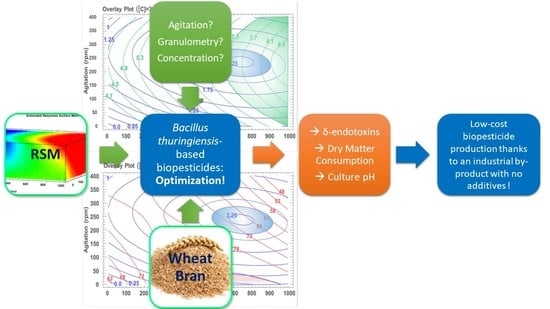1
Petrochemical Material Engineering Department, Chonnam National University, Yeosu 59631, Republic of Korea
2
Department of Chemical Engineering, Pohang University of Science and Technology, Pohang 37673, Republic of Korea
Fermentation 2022, 8(12), 680; https://doi.org/10.3390/fermentation8120680 - 27 Nov 2022
Cited by 2 | Viewed by 2466
Abstract
Food waste (FW) has traditionally been disposed by incineration or landfilling; however, it can be converted to green methane (GM) via anaerobic digestion, and GM can be used as fuel for light-duty natural gas vehicles (LDNGVs). A lifecycle assessment (LCA) of FW-based GM
[...] Read more.
Food waste (FW) has traditionally been disposed by incineration or landfilling; however, it can be converted to green methane (GM) via anaerobic digestion, and GM can be used as fuel for light-duty natural gas vehicles (LDNGVs). A lifecycle assessment (LCA) of FW-based GM production and LDNGV operation in China, a new scenario, was performed. The LCA results were compared with those for the conventional FW treatment, where a “well-to-wheel” system boundary including FW collection, GM production from FW, and vehicle manufacturing, operation, and disposal was defined. The LCA results showed that the global warming impacts of the new FW scenario are 44.3% lower than those of the conventional option. The fine particulate matter formation impact of the new FW scenario was dominated by the displacement effect of electricity supply to anaerobic digestion, followed by CO2 adsorption by the primary source. The sensitivity analysis showed that hydroelectric power as the best primary source for electricity supply could substantially reduce both global warming and FRS in the new scenario. In the short term, the proposed FW scenario could be a feasible option for achieving sustainable society by minimizing environmental impacts of FW treatment.
Full article
(This article belongs to the Collection Food Waste Valorization)
▼
Show Figures

